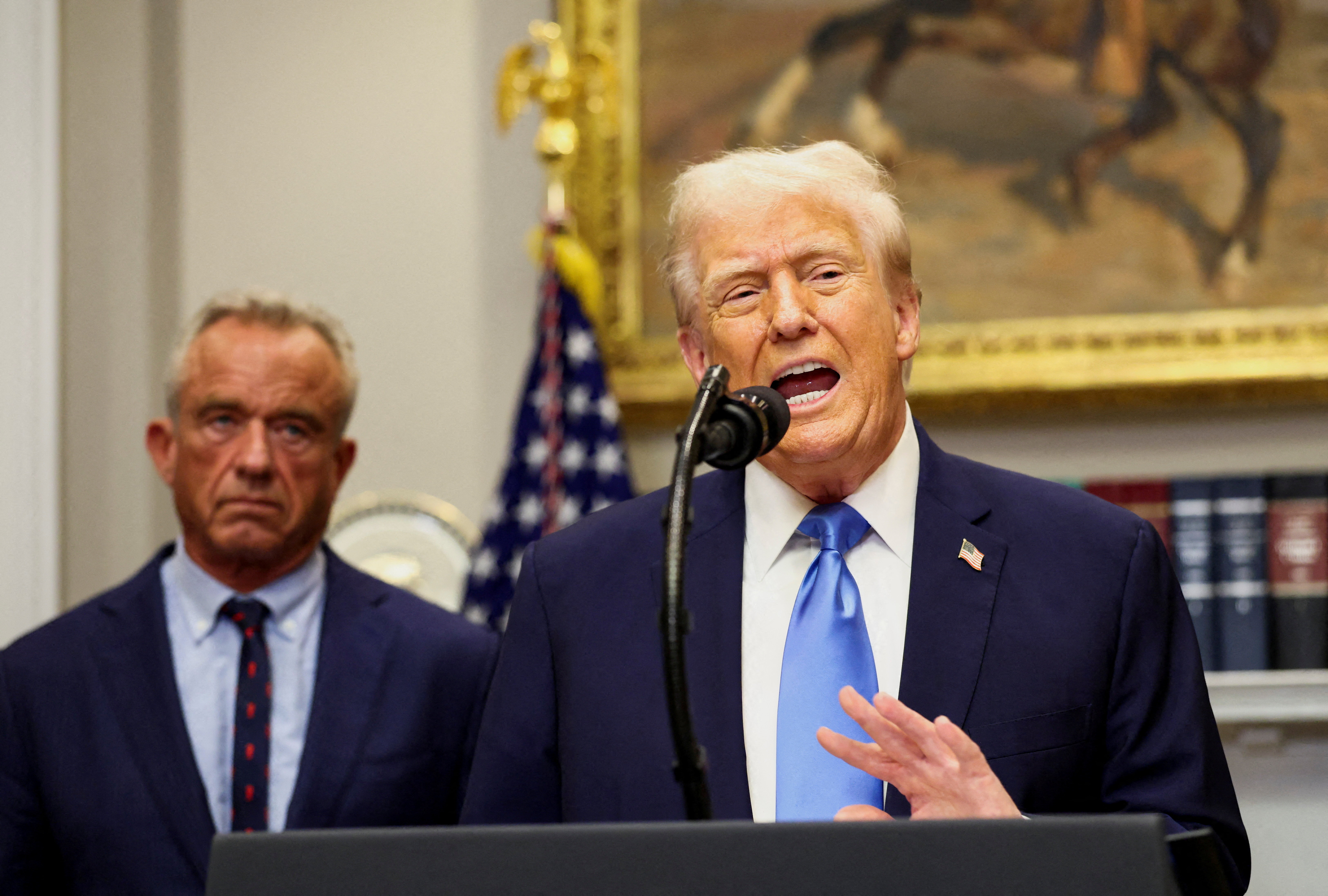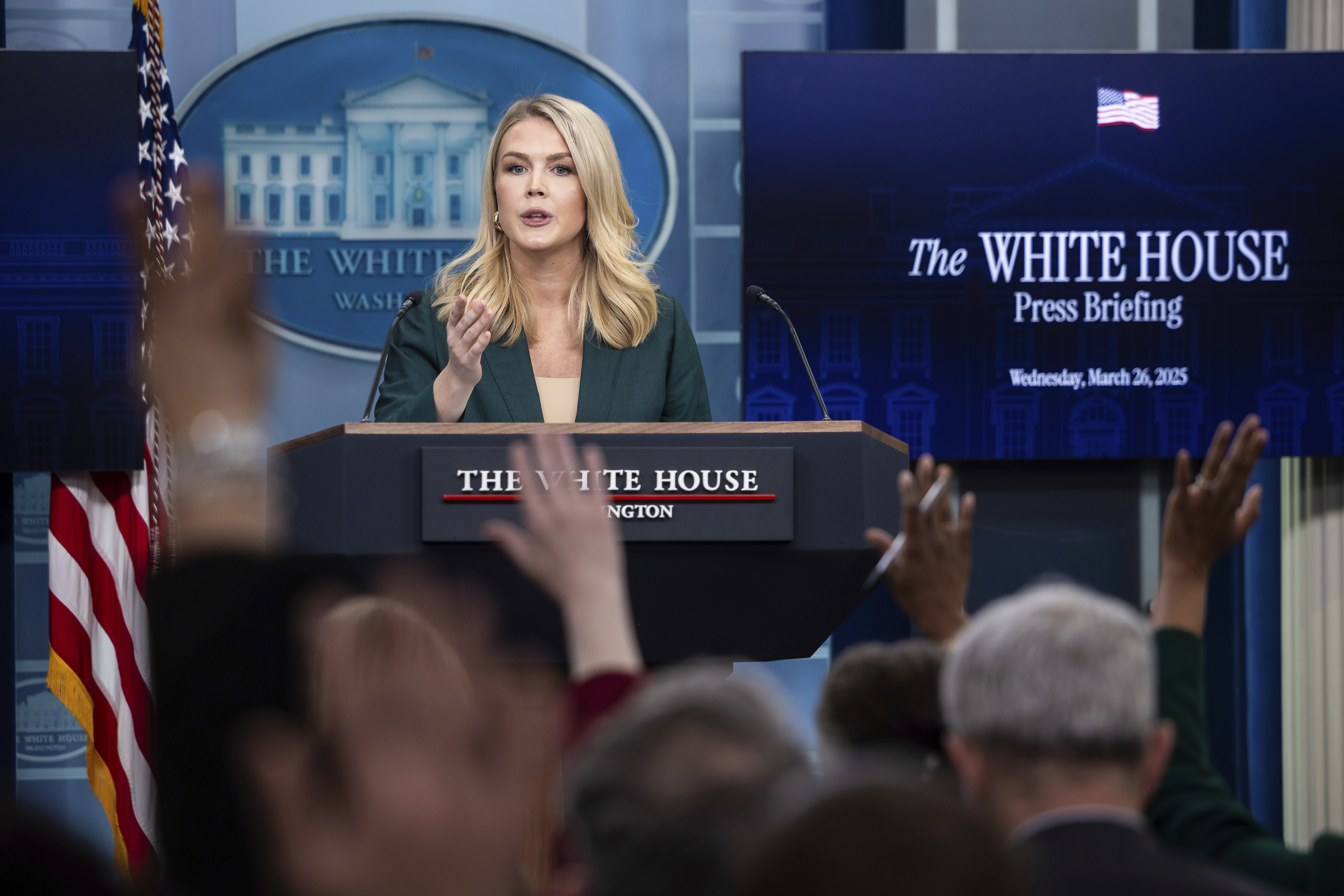
Turkish Court Acquits Journalists Detained for Memorialising Slain Colleagues
November 5, 2025
Harassment of Journalists by Albanian Officials Becoming Routine
November 5, 2025U.S. President Donald Trump, next to U.S. Secretary of Health and Human Services Robert F. Kennedy Jr., makes an announcement linking autism to childhood vaccines and to the use of popular pain medication Tylenol for pregnant women and children, claims which are not backed by decades of science, at the White House, in Washington, D.C., U.S., September 22, 2025. REUTERS/Kevin Lamarque
November 05, 2025 – USA –
Science journalists around the world are contending with a surge of health-related misinformation emanating from high-level government sources, including the White House, according to a report from the Reuters Institute for the Study of Journalism. While such outlets have historically focused on peer-reviewed studies, they now find themselves throttled by waves of disinformation that outpace traditional fact-checking workflows.
The Reuters Institute highlights that when officials promote unverified claims—whether about vaccines, treatments, or emerging diseases—newsrooms must decide whether to challenge the statement, publish with caveats, or ignore it entirely. Some veteran science reporters say they feel the need to act as interpreters of political rhetoric, rather than as neutral relayers of scientific consensus. One respondent noted: “People believe what they see delivered on a White House podium because scientists didn’t explain what we do to journalists first.”
This shift is reshaping how science journalism operates. Reporters report more time spent verifying lobbying-sourced statistics, tracing policy statements back to original data, and challenging government communications in real time. The article notes that the doubling of “state-sponsored misleading health claims” in certain regions has fuelled changes in newsroom staffing: more data scientists are now embedded alongside legacy science desks.
The ripple effects are significant for trust in media. Audiences already sceptical of elite institutions may see coverage of political health statements as biased once they learn of the verification work behind the scenes. Science journalists are therefore also investing in “explain-journalism” formats—detailed stories, annotated live blogs, and social-media video digests—to show how they reached their conclusions and why official claims lacked basis.
Observers say the evolving challenge underscores that science journalism no longer ends with peer-reviewed results. It begins at the intersection of politics, policy, and public health. The Reuters Institute argues that strengthening this intersection requires both newsroom investment in digital literacy and collaboration with governments to reduce the dissemination of unvetted health messaging.
Reference –




